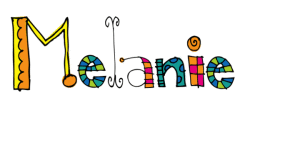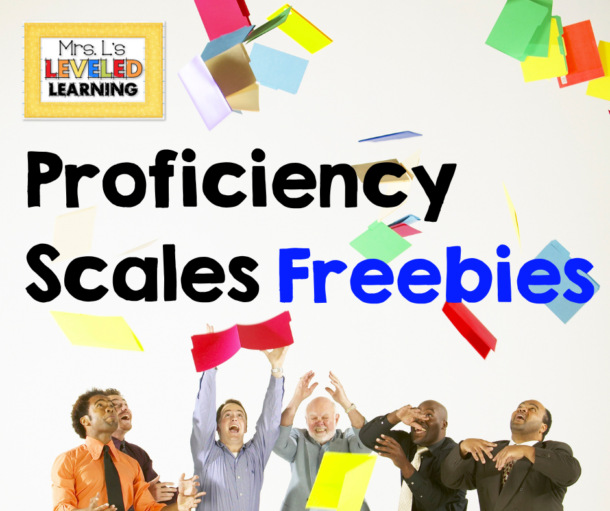Yesterday was the big AATM, Arizona Association of Teachers of Mathematics Conference at ASU.
Over 350 teachers attended and I had the chance to talk with at least half of them about what they’re doing in their classrooms, and what kind of support they need the most. I found that most teachers are required to post learning goals of some kind (“objectives,” “targets,” etc.) in their classrooms, and an increasing number are required to apply learning scales to them. The most frequent question I was asked was, “How do you use a Scale?”

The first thing teachers saw at my table were the colorful Assessments with Learning Goals and Scales. The second thing they saw were the student binders with work samples and the
Student Portfolio pages. Most teachers liked the idea of having a pre-test and post-test that shows growth. They also really liked the idea of having kids easily track growth by coloring in boxes. The student portfolio binders contain the Assessments with Learning Goals and Scales so kids, parents, and teachers can see concretely how the students determine each scale they are on. They still wanted to know more.

A few teachers had mentioned that their schools were requiring them to use scales with learning goals, but they were confused about how they go together, or what the scales are based on. The Poster examples show the exact scales used in the Assessments. These scales were inspired by the compilation of research by Robert Marzano in “The Art and Science of Teaching,” and several resources went into informing the progression of skills that align with each standard. Marzano states that “The starting place for all effective instruction is designing and communicating clear learning goals.”, but he doesn’t specify how large or small those learning goals should be. I recognized the look of confusion and struggle in the faces of other teachers because that’s how I felt when I was introduced to this somewhat ambiguous concept – what do you make learning goals about???? The answer is that any skill or concept knowledge can become a learning goal. I started out by writing sentences on the board relating to each day’s lesson. That’s how I started using learning goals. I’m sure it did help students focus on what they had to learn that day, but it didn’t help them see their overall growth, or help me to track it. I chose to focus my learning goal Assessments on the Common Core standards because that is what everybody must master – regardless of how many tiny pieces I chop it into – that is our ultimate GOAL! Keeping track of anything else, especially with multiple grade levels, was just too much to stay on top of.



Using a general scale to apply to all learning goals is a good start, and writing your own could be even better, but the time and research it takes to write scales that really align to the standards sequentially can be hard to accomplish when there are so many other things to do! General scales can still create some confusion for students because there aren’t concrete examples for each level, so they are still left to guess, or approximate their own level of proficiency.
The second most frequent question I was asked was,
“Do you have anything for Grades [K-2 or 9-12]?”
I’m thinking I may ask for input on Facebook this week because people will occasionally request grade levels through the TpT store site, but it’s hard to tell what the demand is. There is a huge difference between the structure and content of K-2 materials, and 9-12 materials, obviously. Although I have a background and a Bachelors in early childhood, I’m hesitant to create something for several reasons. First, the Common Core standards may or may not be totally appropriate for this age level, and the responsibility of creating an age appropriate assessment that matches the variety of ways that young ones are taught could get really tricky. Secondly, there are so many great resources out there for early elementary, I’m not sure the need is great enough for me to invest the time. That’s where you can help me! I need to know who and how many people would actually be interested in a scaled assessment for K-2. I’d love to hear from you through my blog, or
Facebook page Mrs. L’s Leveled Learning. If I don;t get much feedback I will move onto Algebra I and Geometry standards for high school. I haven’t worked with this content since I taught an 8th grade math class 8 years ago! I am excited to dive into it again!
Sincerely,






